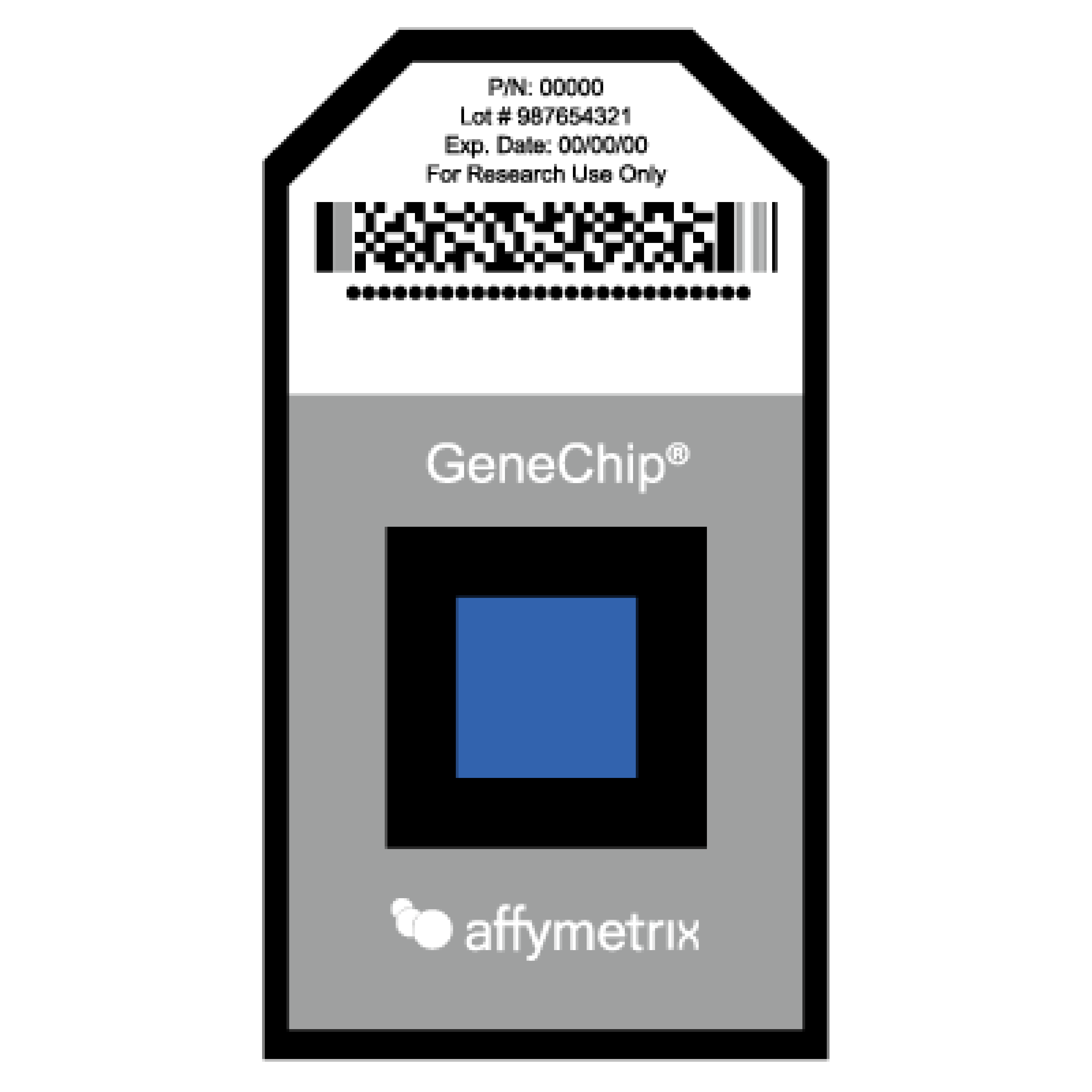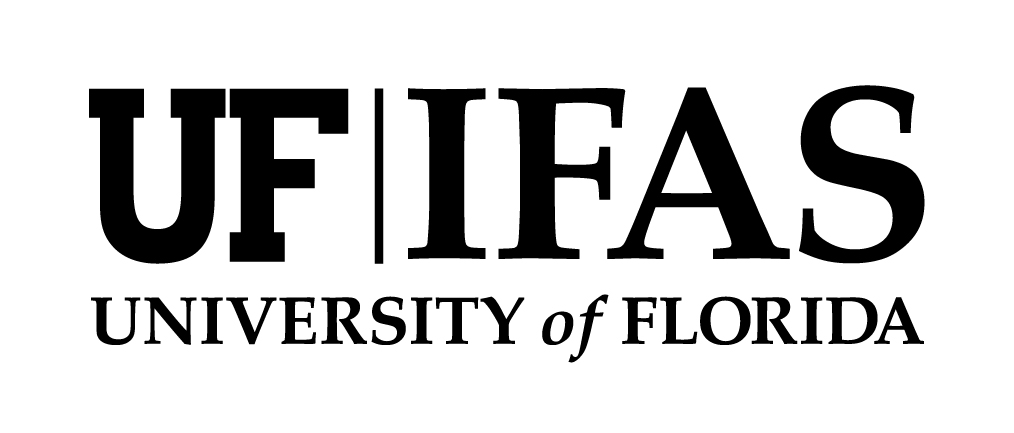Salmon breeders get a boost
Innovative genetic tools to speed the breeding of North American Atlantic salmon are being made available to breeders in the United States for the first time, with help from Breeding Insight, a new program funded by the US Department of Agriculture (USDA) through Cornell University.
North American Atlantic salmon are the primary marine finfish grown for aquaculture in the United States, representing nearly $88 million in economic activity. Until now, uniquely developed genomic resources were not publicly available for research and breeding of North American Atlantic salmon in the United States, due to intellectual property (IP) constraints from competing commercial interests.
That’s about to change.
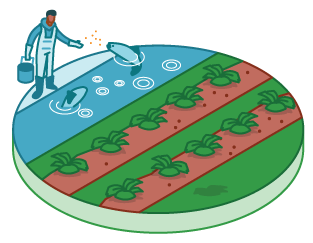
Breeding Insight recently assisted scientists from the USDA Agricultural Research Service (ARS) in the development of single nucleotide polymorphism (SNP) markers.
“SNP markers are like milestones on the highway,” said Dr. Yniv Palti, USDA ARS research geneticist and lead on the project. “These navigation points dramatically increase the speed at which breeders can select and introduce genes for traits that benefit fish farmers and consumers alike.”
The goal is to bring the power of predictive breeding to salmon breeders by enabling researchers to pinpoint sections of the genome associated with particular traits.
North American Atlantic salmon traits of interest range from sea lice and disease resistance to fillet color and composition of beneficial fatty acids. But designing the genomic resources required to accelerate breeding takes time, and ARS research groups must balance competing priorities to develop aquacultural technologies for breeders.
“By combining traditional breeding approaches with genomics and informatics, it is now possible to accurately predict some of the traits and performance of an individual long before it matures,” said Dr. Moira Sheehan, Director of Breeding Insight. “But the challenges facing specialty species such as salmon too often hamper technology adoption and limit program efficiency. Our goal at Breeding Insight is to level the playing field and create new opportunities for specialty crop and animal breeders to take value out of the genomics era.”
Breeding Insight played a critical role in the salmon SNP marker project by providing expertise at the intersection of molecular biology and computing technology—a field more commonly known as bioinformatics.
“Bioinformatics is in such high demand. It’s the bottleneck for everything we do,” said Palti. “It is very helpful that Breeding Insight can provide meaningful bioinformatics support and is involved in what we are doing.”
Early indications point to successful uptake of the SNP markers by the salmon breeding industry. According to Palti, a consortium organized through the biotechnology company The Center for Aquaculture Technologies (CAT) has committed to offer processing of 50,000 copies of the SNP set (assembled on microscope-slide sized chips) as part of a genotyping service that CAT offers.
“Our primary goal is to generate resources that are being adopted by the aquaculture industry, “said Palti. “If breeders are adopting the technologies that we’re developing, and using them to deliver more healthy, nutritious, and sustainable fish, then that’s where we are succeeding.”
For additional information, see this Cornell Chronicle story.
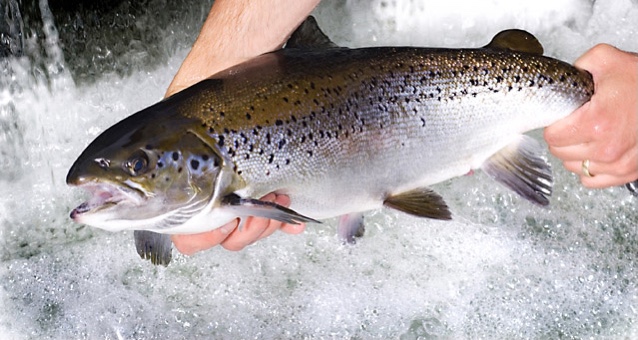
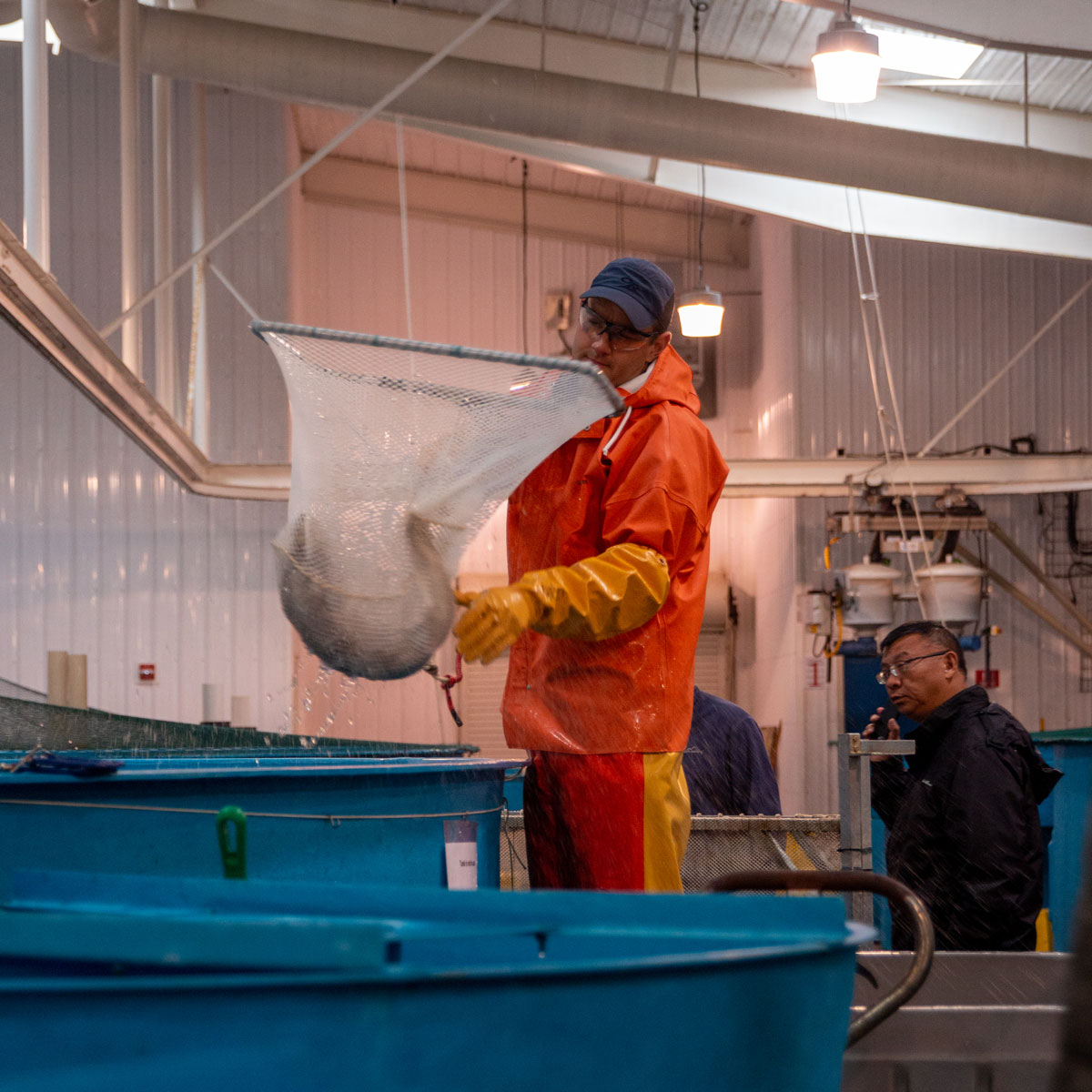
Biological Science Technician Davin O’Connell, left, at the USDA ARS National cold Water Marine Aquaculture Center.
